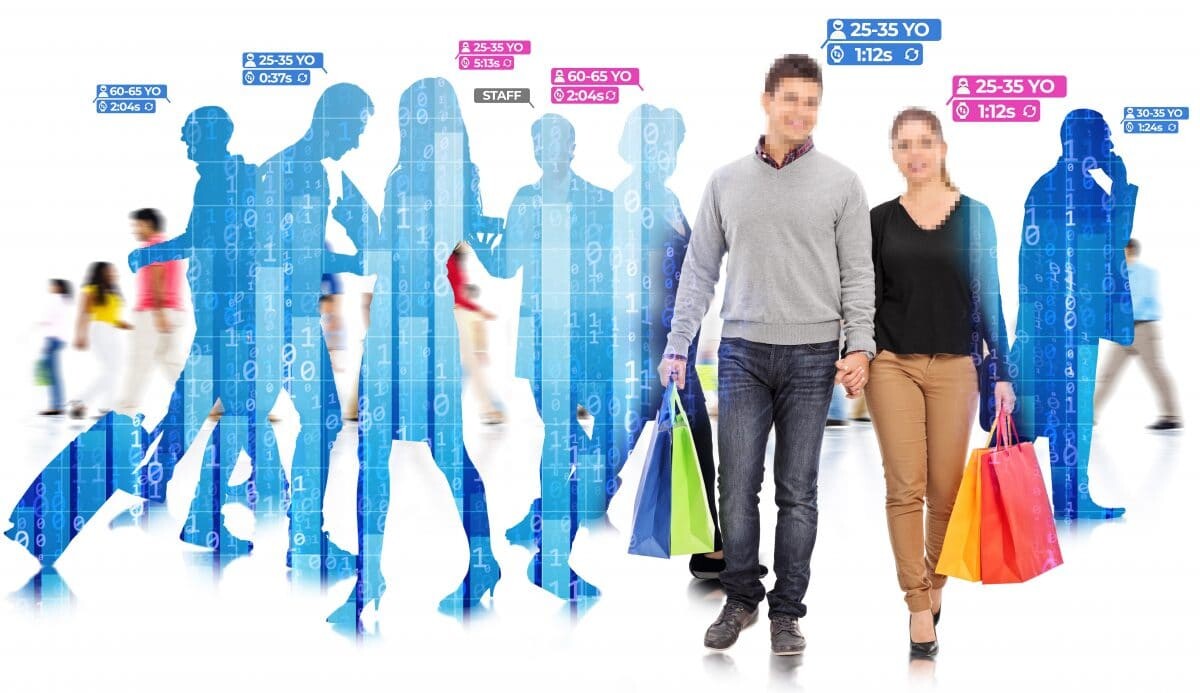The Data-Driven Retail Revolution
In the ever-evolving world of retail, the intersection of technology and personalised experiences is reshaping the landscape. One of the most significant contributors to this transformation is data, with technologies like heat mapping and in-store analytics leading the way. Let’s delve into how these innovations are not only enhancing the in-store experience on the high street but also seamlessly connecting with online profiles to curate bespoke deals and offers.
Understanding Customer Movement: Heat Mapping
Picture a bustling high street with shoppers navigating through a myriad of stores. Heat mapping technology, equipped with sensors strategically placed throughout a physical retail space, captures and analyses customer movement in real-time. By visually representing the flow of foot traffic, retailers gain valuable insights into customer behaviour. For instance, a popular fashion boutique can use heat mapping to identify hotspots within the store, such as the fitting rooms or specific product displays, helping them optimise the layout for a more engaging and efficient shopping experience.
Enhancing Insights with In-Store Analytics
In-store analytics takes this a step further by delving into customer demographics, purchasing patterns, and even dwell times. For example, a cosmetics retailer might discover that a particular demographic spends more time at their skincare section. Armed with this knowledge, the retailer can curate a more personalised and targeted product selection for that specific audience, enhancing their overall shopping experience.

Bridging Physical and Digital Realms: Personalised Deals and Offers
The connection between physical retail data and online profiles opens up a realm of possibilities for delivering tailored deals and offers. Imagine a seamless integration where a customer’s in-store journey is not isolated but linked to their online presence. This synergy allows retailers to create a unified profile for each customer, combining their offline preferences with their online behaviours.
Example: The Unified Shopping Experience
For instance, a customer browsing online for running shoes may receive a personalised offer when they step into a sports store on the high street. By leveraging data from their online searches, the retailer can present exclusive in-store discounts on the exact pair of shoes the customer showed interest in online. This synchronised approach bridges the gap between the physical and digital realms, offering a holistic and personalised shopping experience.

Conclusion: The Future of Retail
In conclusion, the marriage of data, heat mapping, and in-store analytics is revolutionising retail on the high street. The ability to capture, analyse, and connect customer data not only enhances the in-store experience but also paves the way for a seamless integration of personalised deals and offers across both online and offline platforms. As retailers continue to embrace these technologies, the future of shopping is undoubtedly becoming more personalised and interconnected than ever before.



